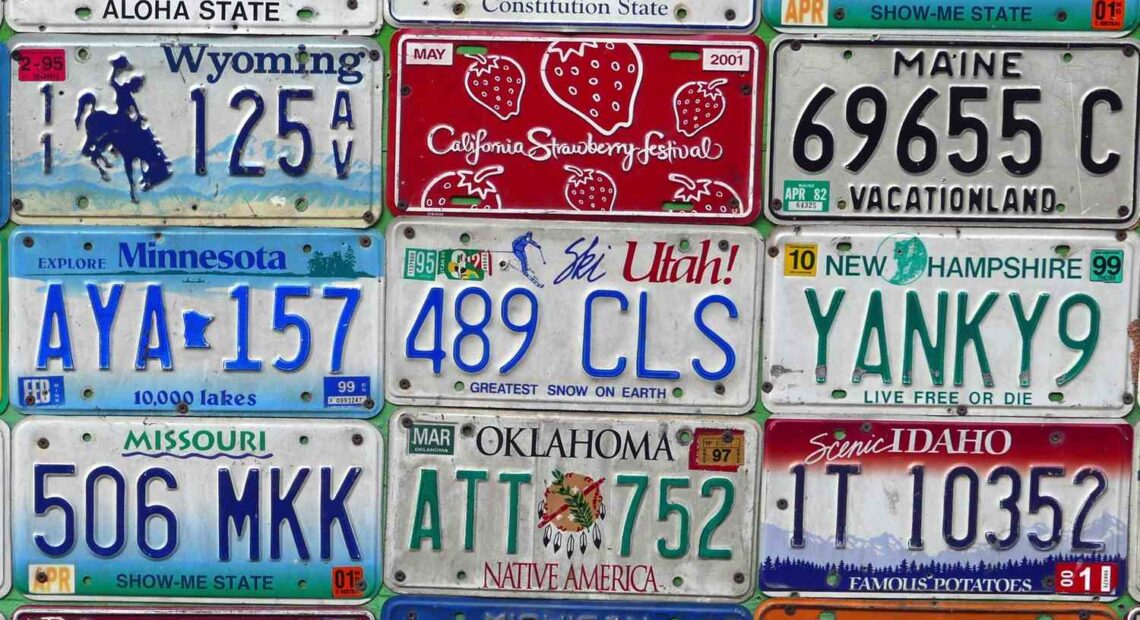From Hand-Painted Porcelain to Personalized Plates: The Fascinating Evolution of License Plates

License plates have a long and fascinating history that dates back to the late 19th century. The first license plates were issued in France in 1893, where they were used to identify the owners of motor vehicles. In the United States, the first license plates were issued in 1901 by the state of New York, and other states soon followed suit.
At first, license plates were made of porcelain or iron, and they were typically hand-painted with the vehicle’s registration number. In the early 20th century, however, mass production techniques made it possible to produce license plates more quickly and cheaply, and materials such as aluminum and steel became popular.
Over the years, license plates have undergone many changes in design, with different states and countries adopting unique color schemes, slogans, and symbols to distinguish themselves. In some states, license plates are used to promote tourism, with designs featuring famous landmarks or natural wonders. Other states use license plates to honor veterans or support various causes, such as breast cancer awareness.
In recent years, there has been a growing trend toward personalized license plates, which allow vehicle owners to create their own unique combinations of letters and numbers. However, these custom plates often come with restrictions to ensure that offensive or inappropriate messages are not displayed.
License plates have also played a role in law enforcement, as they are used to identify vehicles that are stolen, involved in accidents, or otherwise suspected of being involved in criminal activity. In some states, license plates are also used to track the movements of convicted sex offenders, who are required to display special plates that make them easily identifiable to law enforcement.
Overall, license plates have evolved from simple identification tags to complex, personalized symbols of identity, culture, and community. They have become an integral part of our daily lives, and their history reflects the many changes and innovations that have shaped our world over the past century.
Picture Courtesy: Google/images are subject to copyright








